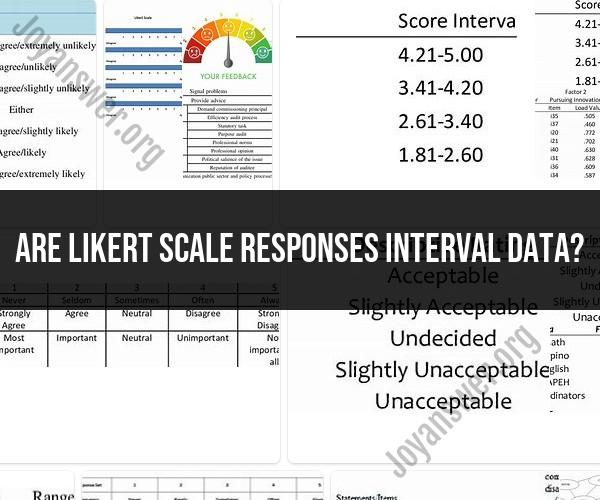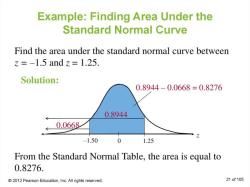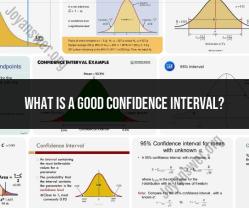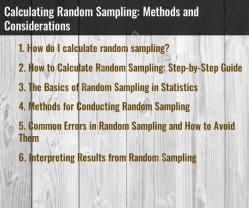Are Likert scale responses interval data?
Likert scale responses are often treated as ordinal data rather than interval data. Here's why:
Ordered Categories: Likert scales present respondents with a set of ordered response categories, typically ranging from "Strongly Disagree" to "Strongly Agree" or similar categories. These categories represent different levels of agreement or disagreement, creating a natural order.
Lack of Equal Intervals: In interval data, the intervals between adjacent values are equal and meaningful. For example, on a temperature scale, the difference between 20°C and 30°C is the same as the difference between 70°C and 80°C. In Likert scales, there is no assurance that the intervals between response categories are equal in terms of the underlying attribute being measured (e.g., attitudes or opinions). Respondents might interpret the difference between "Strongly Agree" and "Agree" differently than between "Neutral" and "Disagree."
Arbitrary Zero Point: Interval data typically have a meaningful zero point where the absence of the attribute is represented as zero. For example, a temperature of 0°C represents the absence of heat. In Likert scales, there is no true zero point; "Neutral" does not represent the complete absence of the measured attribute (e.g., satisfaction or agreement).
Because of these characteristics, Likert scale responses are typically considered ordinal data. In ordinal data, you can establish an order or ranking of categories, but you cannot make precise mathematical comparisons between them. For instance, you can say that "Agree" is higher than "Disagree," but you can't claim that it is twice as much agreement.
However, some researchers and statisticians do use Likert scale data as if it were interval data for certain statistical analyses. This is known as an "interval assumption," and it involves assuming that the intervals between the Likert scale response categories are approximately equal for the purpose of conducting certain statistical tests. While this simplification can be useful in some cases, it's important to recognize that it's an assumption and may not hold true in all situations.
If you need to perform more sophisticated statistical analyses that require interval data assumptions, consider using alternative scales or methods that provide truly interval data, such as visual analog scales or numerical rating scales, where the intervals between response points are known and equal.













